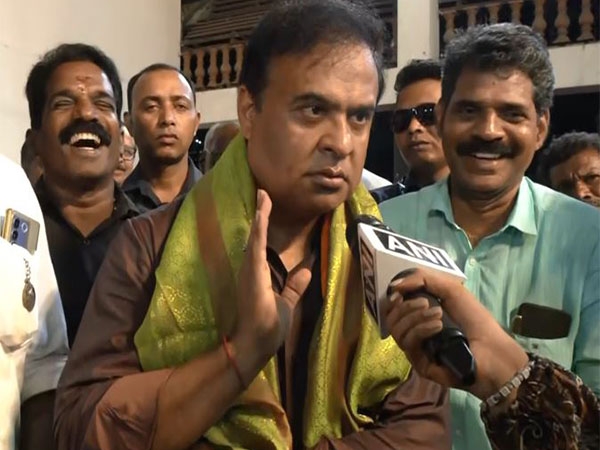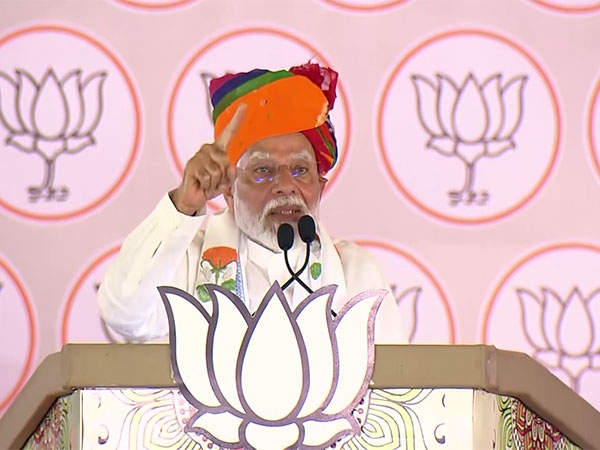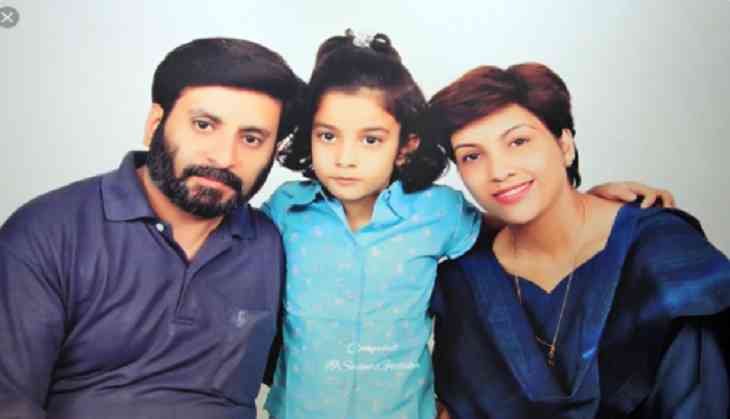
Nine years and two rounds of CBI investigations later, the Aarushi-Hemraj murder case is still one of the most vexing cases in India's crime history.
Also Read: Aarushi Murder case: Read the emotional letter of Aarushi Talwar's grandfather
13-year-old Aarushi Talwar was found murdered in her home in 2008. The next day, the body of the family's domestic help, Hemraj Banjade, was found under a water-cooler panel on the terrace.
Forensic evidence showed both were murdered with a blunt object after which their throats were slit with a sharp weapon.
In 2010, the CBI filed for closure of the case on grounds of insufficient evidence, while naming Aarushi's parents, dentists Nupur and Rajesh Talwars, as suspects. Almost concurrent to the investigation, a public trial of the case convicted the Talwars of honour killing their daughter.
Also Read: Aarushi-Hemraj murder case: Parents Rajesh-Nupur Talwar acquitted by Allahabad HC
Determined to find the real culprits and clear their daughter's name from sexual insinuation, the Talwars challenged the closure report and went to court to request a re-investigation. In a bizarre twist of fate, however, the magistrate threw out their petition. Instead of ordering a re-investigation, she ordered a trial.
In the almost 'Kafkaesque' trial that followed, the Talwars were convicted of murdering their daughter on the basis of a "clinching wealth of circumstances" but no direct evidence. And today, the High Court of Allahabad has said that the parents are not guilty of killing Aarushi.
Here are 10 reasons why we feel that Aarushi's parents were wrongly accused for their daughter's murder.
1. There were more than four people in the house that night
There is a piece of puerile logic behind incriminating the Talwars - there were four people in the house; two ended up dead, so the other two must be guilty. This despite the proof that there were other people in the house that night: there were three alcohol bottles in Hemraj's room. Three other servants - Krishna, Raj Kumar and Vijay Mandal - were the initial suspects. However, the CBI discarded these suspects in its closure report.
2. The CBI could not establish a murder weapon
In this case no clear object could be established as a weapon. The CBI, at different times, believed a khurki, golf club and scalpel to be the murder weapon. After it could not find proof to support either of the claims, it speculated the murders could have been done with a kitchen knife.
3. CBI tested the wrong golf club as murder weapon
A missing club belonging to Rajesh Talwar was found in the house several months into the investigation, which the CBI believed to be the murder weapon. On examining a set of clubs, the CBI declared one of these was minutely cleaner than the others. This was deemed as proof that it had been cleaned by Rajesh after the crime.
4. Surgically trained people used surgical scalpel to murder
It was believed that "surgically trained" Talwars used a surgical scalpel to cut the throats of Hemraj and Aarushi in cold blood. A 'surgical scalpel used by surgically trained people' became a media catchphrase. The CBI could never produce a scalpel as a murder weapon and prevented the Talwars from exhibiting one. However, one of the Talwars' witnesses proved in court that the largest dentist scalpel is barely 6 mm long - enough to nick a gum, not slit a throat.
5. No proof to show Hemraj was in Aarushi's room
The leading argument of the 'honour killing' theory is based on the premise that Aarushi and Hemraj were caught in a 'compromising position' in Aarushi's room. However, Page 29 of the CBI's own closure report admits there was no trace of Hemraj anywhere in Aarushi's room: no blood, no skin trace, no semen, no hair. Nothing to show he had been killed in her room at all. On the other hand, Aarushi's blood was splattered on the walls and had soaked the bed-sheet.
6. Mishandling of evidence
The UP police's mishandling of the case is something that has undone the investigation more than anything else. Several critical pieces of evidence from the scene that could not be forensically secured include:-
1. a bloody palm-print on the terrace wall;
2. a bloody footprint on the terrace floor;
3. a whiskey bottle on the dining table;
4. the alcohol bottles in Hemraj's room;
5. Aarushi's bed sheets;
6. the Talwars' clothes and the servants' clothes.
7. The servants' confession during a narco test
The three servants, who were allegedly in the house that night, took a narco test in which they spoke in graphic detail about killing Aarushi and Hemraj with a khurki and cleaning it. The police later did find a blood-stained khurki upon raiding their houses, however, forensic tests on failed to establish whose blood it was.
8. The CBI ignored proof of Hemraj's blood on Krishna's pillow
When the police raided Krishna's house they found a blood spot on his pillow. This was sent to the forensic lab in Hyderabad, which confirmed the blood was Hemraj's. However, the CBI forgot to look at this report for almost two years. They even filed their closure report without knowing it existed.
It was the Talwars who discovered the document lying amidst thousands of pages. The CBI argued in court that this report, which they later admitted in cross-examination they had never seen, was just a 'typographical error'!
9. Doctors who conducted post-mortem changed their testimonies
In their original testimony, the doctors had said there was no evidence of sexual activity either on Aarushi or Hemraj's bodies. With each amendment, however, their account changed drastically to suit the CBI officer's positions.
By the time he had changed his reading for the seventh time, according to one doctor, Aarushi's vagina was so extended he could see her cervix.
According to the another, Hemraj's swollen body was not the reason for his distended penis. Instead, it was a sign of interrupted sexual intercourse. When asked which scientific manual he had based this observation on, he replied he was drawing from the experience of his own marriage.
10. It was not proved that Rajesh Talwar was awake on the night of the murder
Also Read: Aarushi murder case: A timeline of 2008 double-murder case in Noida
Another common assumption was that Rajesh was awake at the time of his daughter's murder. The proof everyone cites for this is that the internet router in his room was 'going on and off' around the time of the murders. Few know that the router behaved exactly the same way in the presence of the police the next day. Even the CBI closure report acknowledges this.
First published: 12 October 2017, 15:47 IST


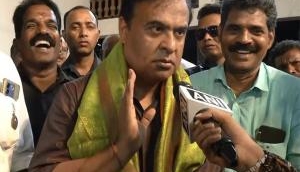
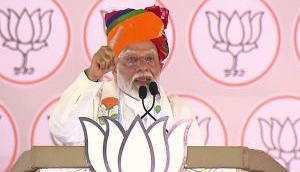
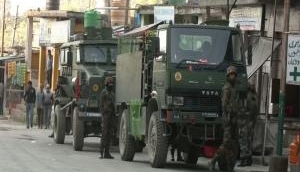

![BJP's Kapil Mishra recreates Shankar Mahadevan’s ‘Breathless’ song to highlight Delhi pollution [WATCH] BJP's Kapil Mishra recreates Shankar Mahadevan’s ‘Breathless’ song to highlight Delhi pollution [WATCH]](http://images.catchnews.com/upload/2022/11/03/kapil-mishra_240884_300x172.png)

![Anupam Kher shares pictures of his toned body on 67th birthday [MUST SEE] Anupam Kher shares pictures of his toned body on 67th birthday [MUST SEE]](http://images.catchnews.com/upload/2022/03/07/Anupam_kher_231145_300x172.jpg)




